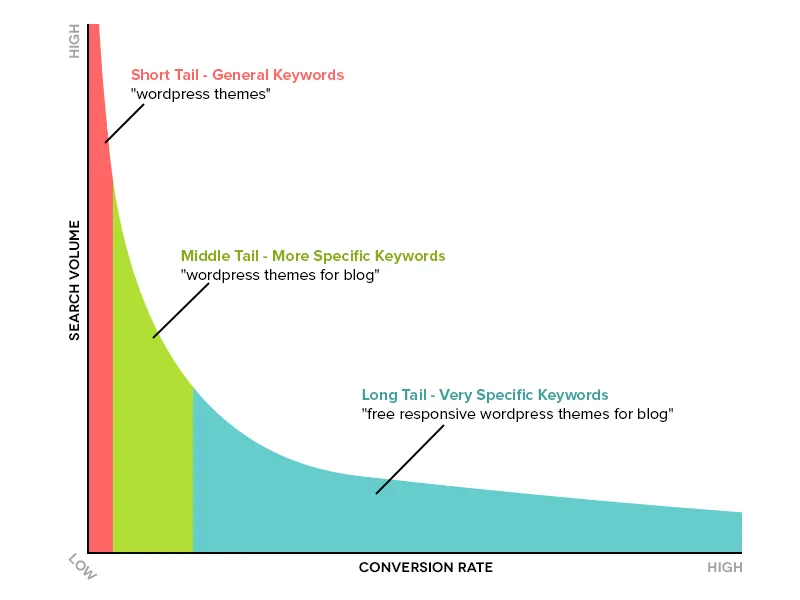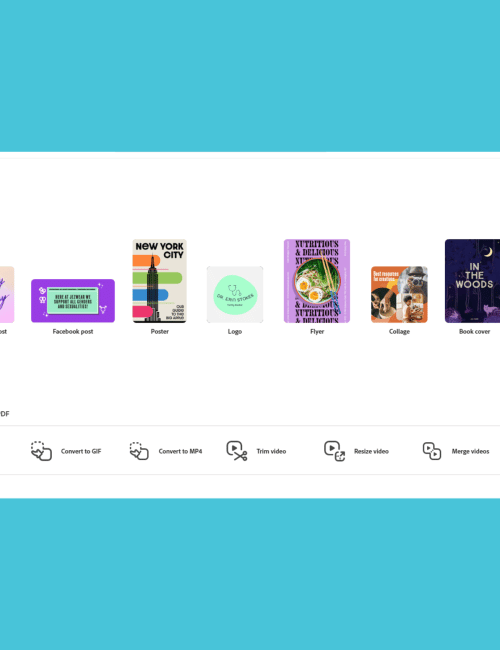What is keyword research? How do you do it?

What is keyword research?
The process of keyword research for SEO includes selcting a topic that’s focused on the targeted keywords you want your content rank for.
Keyword research involves researching popular words that people type into search engines such as Google and BING. Then, you include these words/search terms strategically in your content to make it appear higher up on search engine results pages (SERPs). Keyword research is an essential practice in search engine optimization (SEO).
The long history of Keyword Research
Although keyword research has been around since 2005 the process has changed in some ways. Google now prioritizes content written well and relevant to the user’s search intent. Although keyword density is still an important factor in SEO success, it is not the only thing to consider. Search engines today favor semantically related content. Keyword research is now more important than ever because it optimizes content for bots and people.
It is now crucial to understand the context of keywords when determining their value. The keyword “bread” could refer to bread recipes, bread brands, bread-related recipes, and bread manufacturers. For example, a bread manufacturer should target this audience, and not people who are searching for the latest gadgets for baking. Although keyword research can be a little complicated, it is a good starting point.
When should you do keyword research?
Keyword research is usually done in the initial stages of campaigns. It can also lay down a foundation for future campaigns, projects, and content. Keyword research can be used to generate ideas for new content, help you name product features or optimize your website once it is published.
What is the purpose of keyword research in SEO?
Keyword research is used to identify keywords and phrases users search for on Google or other search engines. These terms are relevant to your website’s products and services. Keywords are increasingly being used to searcher intent.
Keyword research is a lot about understanding your audience and asking the right questions. Then, you will find ways to answer these questions in your content using a combination of keywords and phrases.
How many types of keywords are there?
There are arguably more than the ones I’m about to tell you about, but in my mind, there are 4 types of keywords.
- Informational keywords — Searchers searching for answers to specific questions or general information.
- Navigational keywords – Searchers who are trying to locate a particular site or page.
- Commercial Keywords — Searchers who are looking for brands or services.
- Transactional Keywords – Searchers who are looking to make a purchase or complete an action
Informational
Many keywords that have high search volume don’t convert to lead to website conversions.
These people are just searching for information. These searches are informational keywords.
Examples of informational keywords:
- how to clean my shoes
- washing machine setting for 60 degress
- what is the time in America?
- This type of keyword can be distinguished by “question words”, as they often contain clues such as “what is,” or “how.”
Google’s informational search results pages often include knowledge panels, carousels or infoboxes that provide quick answers.
These keywords are less likely to be used to initiate real action than transactional or commercial keywords.
They can help you build brand awareness and educate your target audience.
These keywords can help you establish authority in your niche, and make your site more trusted by people searching for information or common interests.
Navigational
Navigational is another type of keyword you should be aware of.
A navigational search is performed when someone enters a brand or company name into a search engine.
Examples of navigational keywords:
- BING shopping
- Moz Blog
- ASOS Mens
These people are familiar with the product or company and want to find the right website or physical location.
These keywords are useful sources of organic traffic if the brand and site is well-known.
Commercial
Keywords that are commercially relevant are keywords that indicate a searcher’s interest in specific products or services.
These searches can occur when a person wants to know more about a particular product or service — they may want to support their idea of purchasing, compare the product to similar products or look for free offers/tests/discounts.
These keywords can be targeted with comparison articles or listicles, reviews, or how-to articles, depending on their specific keyword.
Examples of commercial keywords:
- Best electric scooters
- Ipad vs android pad
- Samsung TV reviews
These keywords are valuable tools to reach potential customers.
Transactional
Transactional keywords are the keywords that have the strongest intent to purchase or take immediate action.
These keywords can be targeted using paid ads or pages that are highly optimized for purchase.
Examples of transactional keywords:
- Buy trainers online
- Iphone 13 for sale
- VW van for sale
After someone has searched for the information they need, made a decision and is now ready to take an action or buy something, these searches usally occur occur. Sometimes, all of this has been done prior somewhere else, on a comparison site or by speaking so an expert.
These keywords may include words such as “buy”, “subscribe,” or “for sale.”
Because transactional keywords are more likely to be used at the bottom end of the buying funnel, they can also be called buyer keywords. These keywords are extremely valuable for keyword research and planning a SEO or PPC strategy.
What are long tail keywords in SEO?

Visitors are more likely to use long-tail keywords if they are closer to a point of purchase or using voice search. Long-tail keywords tend to have lower search volumes than “head” keywords. Although they may seem counterintuitive at first, they can be extremely valuable once you learn how to use them.
An example of a “head” term could be “trainers” and the long tail equivalent could be “blue mens converse trainers”.
Although there is a lot of competition for rankings with shorter keywords, visits can be scattered and ROI can be low depending on intent. Smart implementation of long-tail keywords will bring you less traffic per keyword than if you rely on head term numbers.
However, the return on your investment is proportional: you will attract exactly the audience that you want and they will be closer to the point of purchase than your less-savvy competitors if you theme the keywords correctly.
Why do you need keyword research?
Keyword research is vital because it can provide valuable information that will help you grow your online business. Keyword research will reveal what terms people are searching for and the competition of those keywords. This information can help you to plan your content marketing strategy to improve organic search visibility, rankings and traffic.
You won’t get the traffic you need if you use the wrong keywords. Your content won’t be relevant to what your audience is looking for. If you think about it this way, keywords should reflect the needs of your target audience. If you use the wrong keywords, your audience will be the wrong one, or you won’t have an audience at all. It is crucial to choose the right keywords.
What is Keyword Click Through Rate?
Below is a chart that shows the average click-through rate based on non-branded queries. This data comes from our data.
- Position 1 – 43.32%
- Position 2 – 37.36%
- Position 3 –29.90%
- Position 4 – 19.38%
- Position 5 –10.95%
- Position 6 – 10%
- Position 7 – 5.28%
- Position 8 – 4.13%
- Position 9 – 4.13%
- Position 10 – 3.11%
What is a keyword strategy?
Many people talk only about keyword research. However, it is important to know what you need to do next. Your keyword strategy is the culmination of all the decisions you make based on your results from keyword research. It can be about what content you plan to write, or how Analytics will track them. Keyword strategy refers to how you plan to target these keywords in the future.
The key is to know the person who searches for certain topics and tailor your content to their needs. For example, Nike targets the “athleisure” crowd and will search differently from runners who want comfort and ease. Conversely, a sneaker collector will search differently from a casual runner. So it is important to understand the persona of your potential customer when creating your content. There are many different ways to use head and long-tail keywords.
It is key to have a strategy that changes over time as user demand and intent changes. For example, Google now returns more local pack results for products that can be bought locally, it is important to know this so that you can determine what your click through rate will be for these keywords as it will be less than a result with no local pack listings.
How can you do keyword research easily?
In the age of automation, keyword research is actually quite easy to do now, with the caveat of human vetting and intervention still being a requirement.
Keyword research can be broken down into some simple steps:
- Collect Seed Keywords
- Enter seed keywords into Ahrefs, SEMRush
- Download Search Console Data if accessible
- Combine keywords with volume data
- Cluster Keywords by intent using Cluster.ai, NeuralText or keywordinsights.ai
- Pull all the data into Airtable or another content management tool like ASANA
- Create a Brief template for the content by intent type (think Informational, Navigational, Commercial, Transactional)
- Outsource content or create it yourself.
I will have a full process on the above soon and will link it here once done.
How do you incorporate keywords into new or existing content?
After you have completed your keyword research, it is time to incorporate these into your existing content or content you want to create.
The number of keywords that you should focus on on a page depends on what keywords you want to use, their relationship to each other, and whether they can help promote the content’s message. It shouldn’t take too much effort to compile a list of 5-10 keywords with the right keyword research. Althgough the clustering tool process of the keywords may tell you to include more based on them being able to rank for one single page.
Usually, it is good practice to think of keywords that are primary, secondary and additonal keywords you use to supplement the content.
The main/primary keyword should be the focus of the article. Titles and subsequent content should reflect this. It is impossible to write good content on two topics. Therefore, only one primary keyword should be used in order to propel the content forward.
Secondary keywords are keywords that complement the primary keyword, but with slight variations. A main topic usually has 3-5 main points, so it makes sense to use a few secondary keywords.
Additional keywords are any keywords that are similar to the main keywords but are spelled or phrased differently. This category is meant to allow you to rank for different versions of your main keywords. This category would typically include “long-tail keywords.”
Where can you use these keywords in your content?
- Your Page Title
- Your Meta Description
- Your image file names and alt tags
- Your Content
- Your headings (think sub topics, not just exact keywords)
So, go on, try it yourself. If you have any questions, drop me a line.
Did you like this?
If you did, consider subscribing to my email list so you get updates about new tools I test out every week. I won’t ever spam you.
